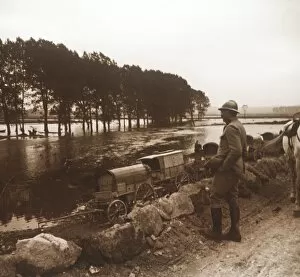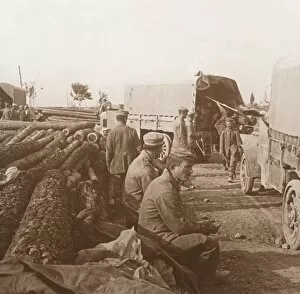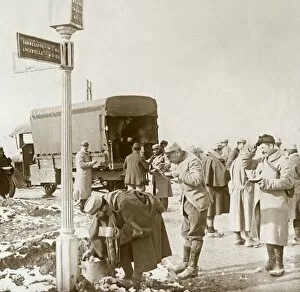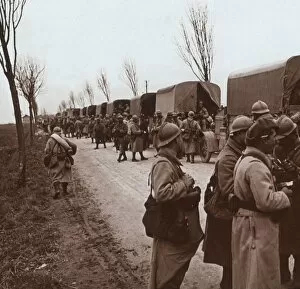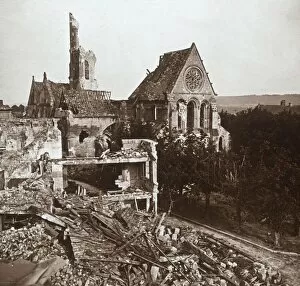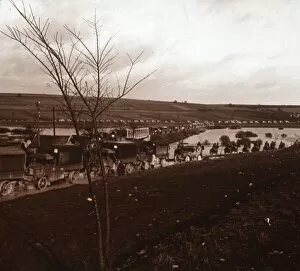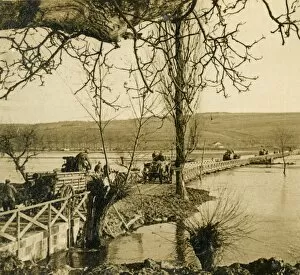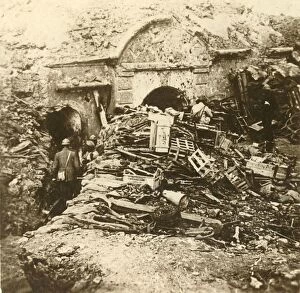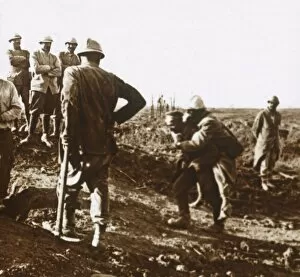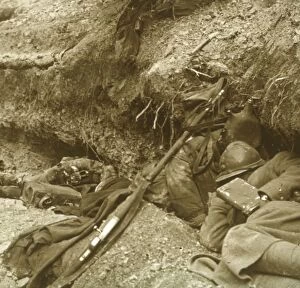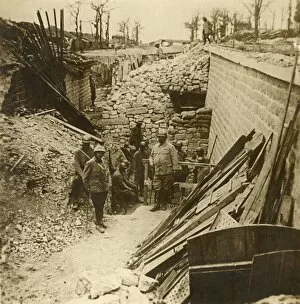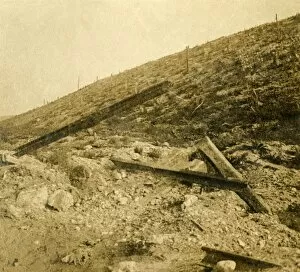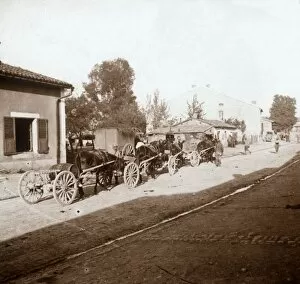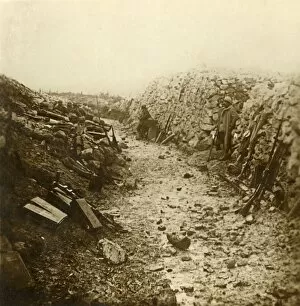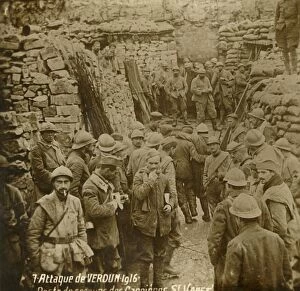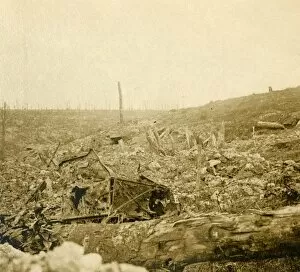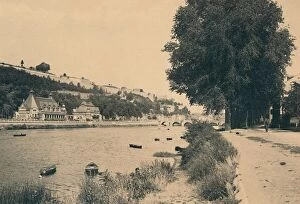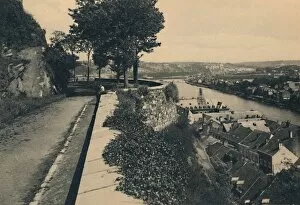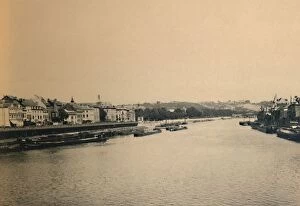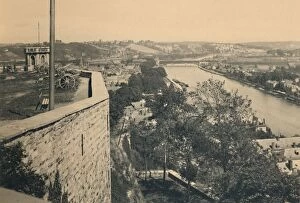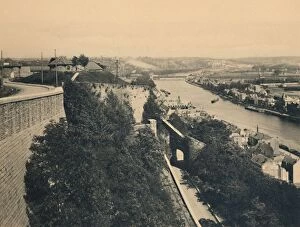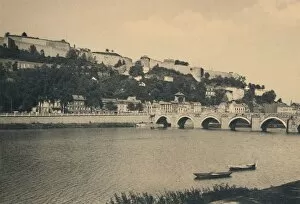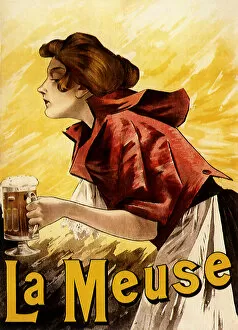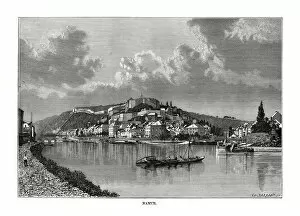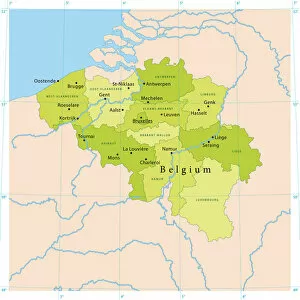Meuse Collection (#4)
"Meuse: A Tapestry of History, Culture, and Natural Beauty" Step into the rich tapestry of Meuse
For sale as Licensed Images
Choose your image, Select your licence and Download the media
"Meuse: A Tapestry of History, Culture, and Natural Beauty" Step into the rich tapestry of Meuse, a region that has witnessed significant historical events and boasts breathtaking landscapes. From its pivotal role in the Battle of Verdun during the First World War to its charming towns and stunning natural wonders, it offers a captivating journey through time. In 1916, amidst the ravages of war, Meuse became synonymous with resilience as it served as one of the key positions in the Battle of Verdun. The scars may have faded over time, but this northern French region still stands as a testament to human endurance. Crossing borders into Wallonia, Belgium lies Dinant – a picturesque town nestled along River Meuse. Here, you can marvel at the Collegiate Church of Notre-Dame which proudly overlooks the tranquil waters. Its grandeur is matched only by its historical significance. Venturing further south into Lorraine, France brings you to Hattonville – an enchanting region renowned for its Mirabelle plum harvests. Immerse yourself in this annual tradition where locals gather to celebrate nature's bounty while savoring delectable treats made from these succulent fruits. As you make your way back towards Belgium's Liege province on River Meuse barges become a common sight. These vessels gracefully navigate their way through Europe's waterways carrying goods and stories from different lands. Givet awaits those who venture deeper into Ardennes' embrace - an idyllic French town boasting architectural gems like Eglise Saint-Hilaire and Forteresse Charlemont. Each stone whispers tales from centuries past while offering glimpses into medieval life. Castle enthusiasts will find solace within Wallonia's Castle of Freyr and Castle Veves adorned with intricate frescoes that transport visitors back to bygone eras. Their beauty serves as reminders that history lives on through artistry etched into stone.

